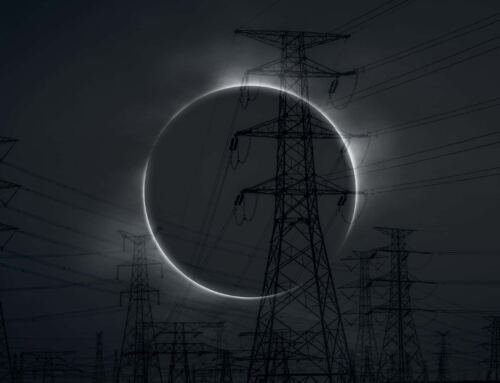The information below was provided by NREL (National Renewable Energy Laboratory). Download the pdf here: National Renewable Energy Laboratory PDF
Federal Tax Incentives for Battery Storage Systems
Investments in renewable energy are more attractive due to the contribution of two key federal tax incentives. The investment tax credit (ITC) and the Modified Accelerated Cost Recovery System (MACRS) depreciation deduction may apply to energy storage systems such as batteries depending on who owns the battery and how the battery is used. If owned directly by a public entity, such as a public university or federal agency, battery storage systems are not eligible for tax-based incentives. If owned by a private party (i.e., a tax-paying business), battery systems may be eligible for some or all of the federal tax incentives described below.
Modified Accelerated Cost Recovery System (MACRS – for businesses)
Without a renewable energy system installed, battery systems for businesses are eligible for the 7-year MACRS depreciation schedule: an equivalent reduction in capital cost of about 25% (Assumes a 35% federal tax rate and 10% discount rate.). The same benefit applies to battery systems installed along with a commercial renewable energy system if the battery is charged by the renewable energy system less than 50% of the time (Energy storage at a PV property charged on an annual basis less than 50% by the PV property would not qualify for the 5-year MACRS because it would not meet the primary use standard.). If the battery system is charged by the renewable energy system more than 50% of the time on an annual basis, the battery should qualify for the 5-year MACRS schedule, equal to about a 27% reduction in capital costs.
Investment Tax Credit (ITC)
Battery systems that are charged by a renewable energy system more than 75% of the time are eligible for the ITC (When claiming the ITC, the MACRS depreciation basis is reduced by half of the value of the ITC.), currently 30% for systems charged by PV and declining to 10% from 2022 onward. Battery systems that are charged by a renewable energy system 75%–99.9% of the time are eligible for that portion of the value of the ITC. For example, a system charged by renewable energy 80% of the time is eligible for the 30% ITC multiplied by 80%, which equals a 24% ITC instead of 30% (the tax credit is vested over 5 years, and recapture can apply in unvested years if the percentage of renewable energy charging declines). Only those battery systems that are charged by the renewable energy system 100% of the time on an annual basis can claim the full value of the ITC.
These guidelines apply to energy storage systems installed at the same time as the renewable energy system. NREL assumes that energy storage added to an existing renewable energy system would be eligible for the same benefit as a new system (see graphic above), based on a precedent set by a 2012 private letter ruling that allowed a wind farm owner to add energy storage to an existing wind farm and claim the tax benefit. The PV and energy storage would need to be in close proximity and under common ownership (the same taxpayer) (NREL does not provide tax, legal, or accounting advice. Readers are encouraged to seek professional assistance.).
– Emma Elgqvist, Kate Anderson, and Edward Settle
Battery Storage Systems Battery Storage Systems Battery Storage Systems Battery Storage Systems Battery Storage Systems

































Leave A Comment